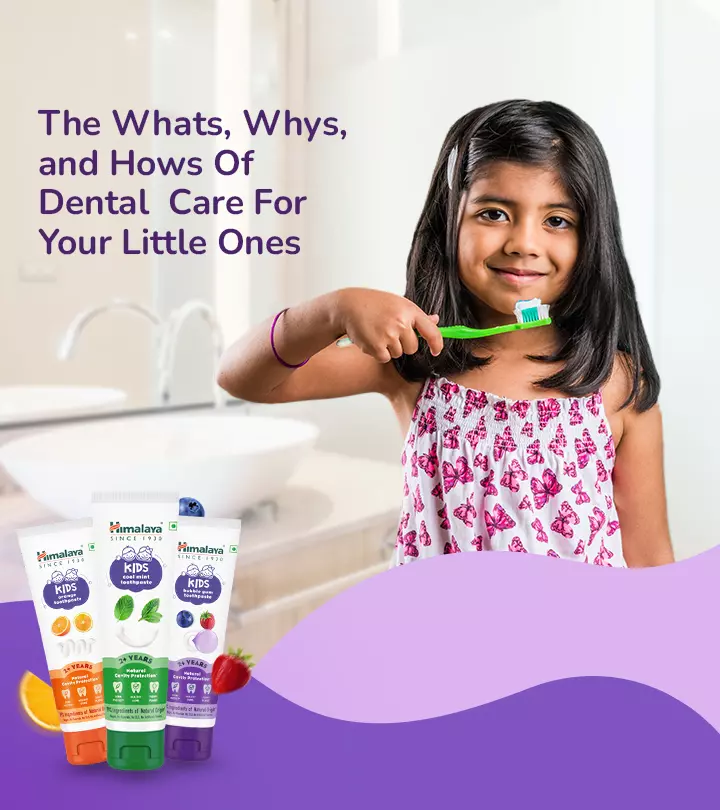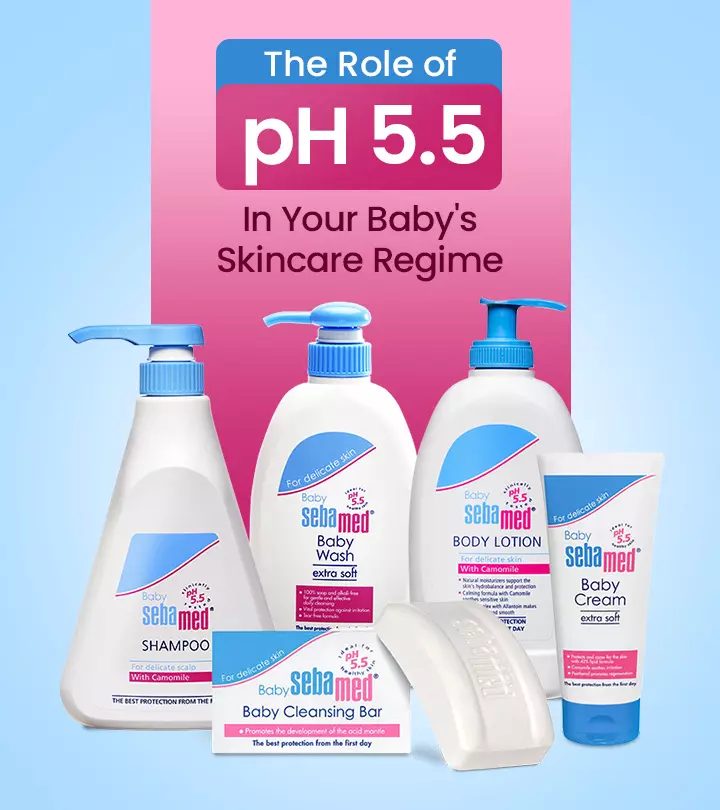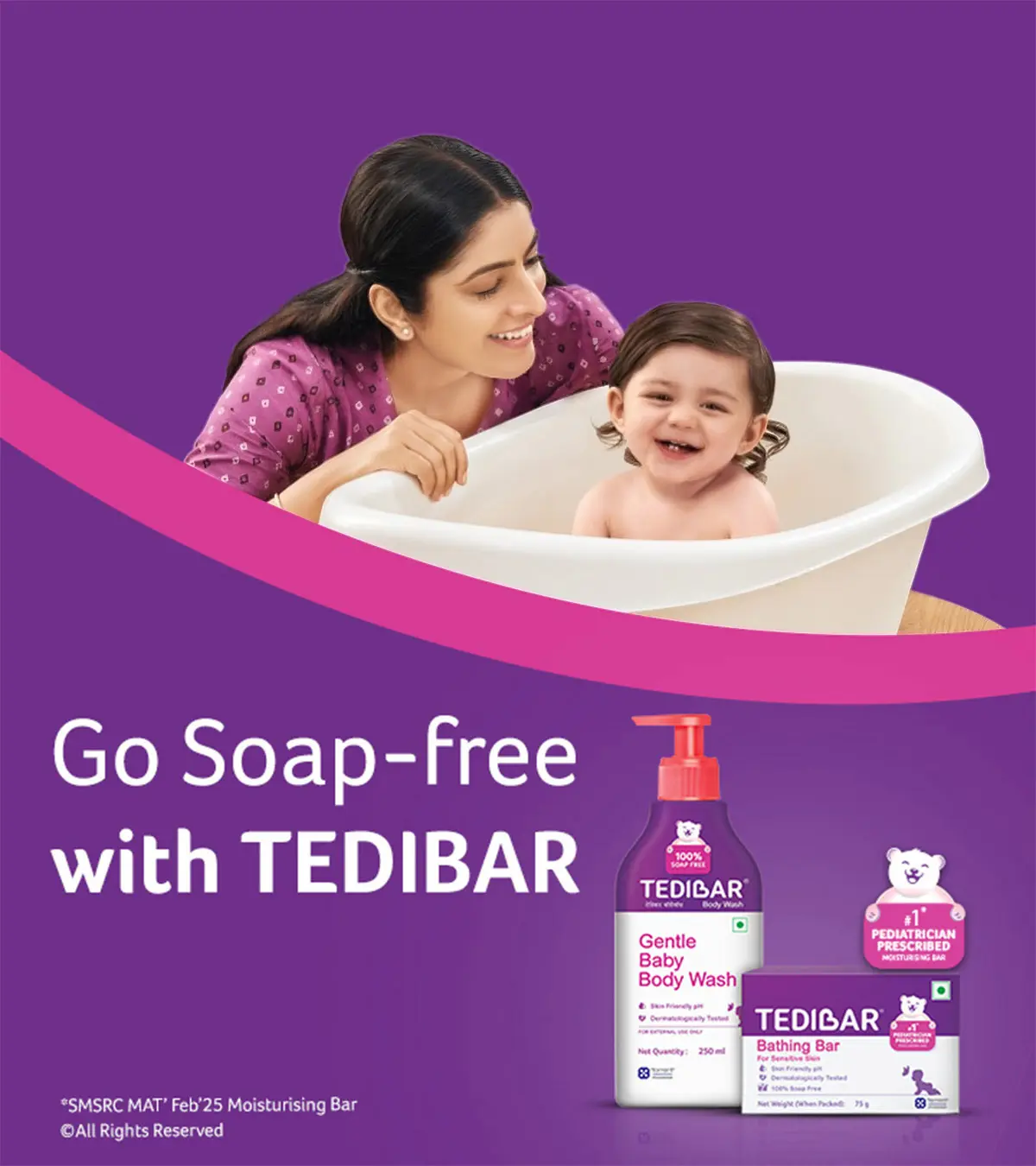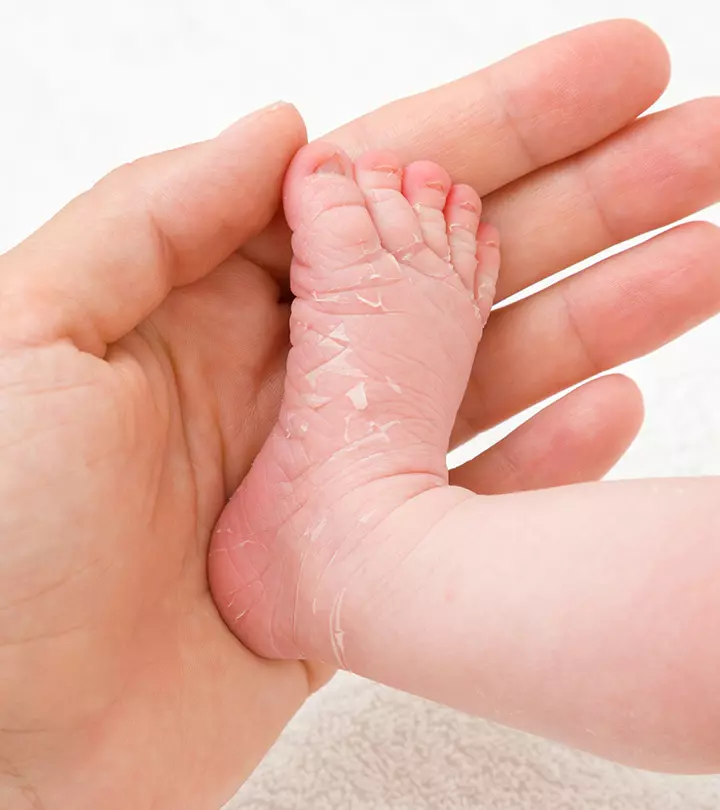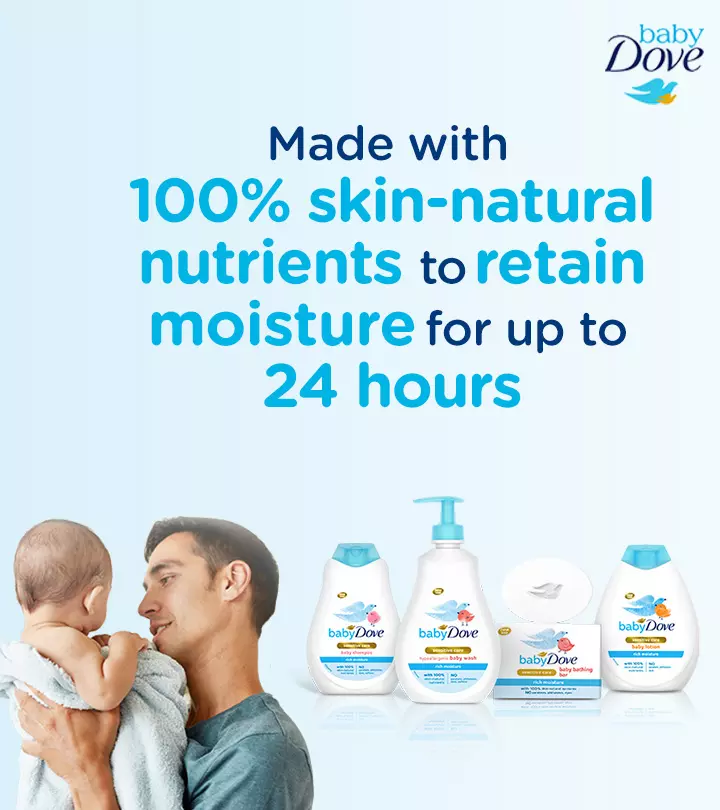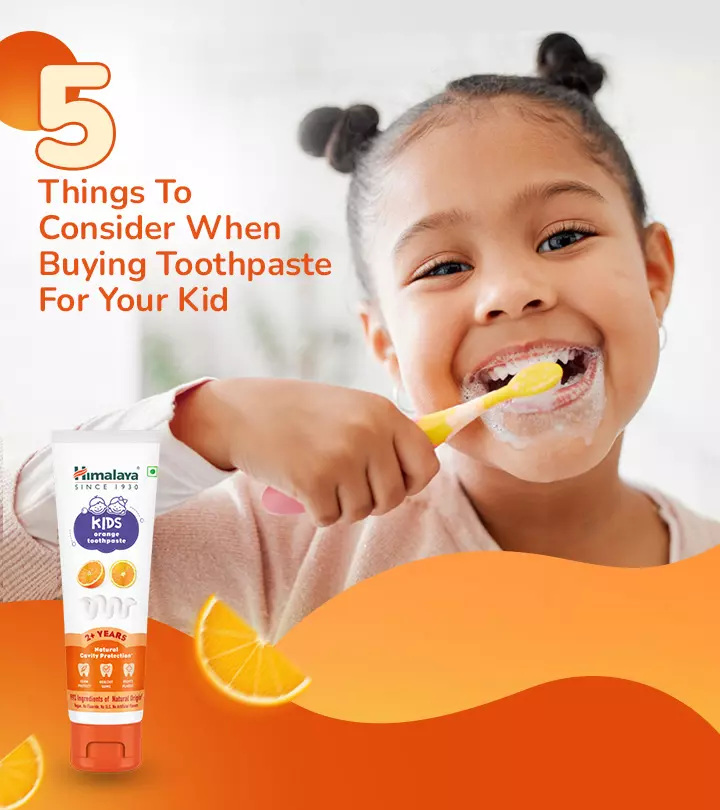

Image: Shutterstock
Making kids brush their teeth may sound like an uphill task for most parents. Children, unlike adults, do not understand the importance of maintaining good oral hygiene and treat it more like a chore. Yet regular brushing is essential since kids love candies, chocolate, sweet juices, cakes, pastries, ice cream, and so on, making them more vulnerable to oral and dental issues such as gingivitis, plaque, cavities, and tooth decay. As a parent, you may find it challenging to teach good brushing habits and, secondly, to find a toothpaste that will make brushing fun and safe for your little one. Fun, because toothpaste with regular flavors may be boring for kids, while those with fruity and interesting flavors that they can easily relate to, like orange flavor, can make them look forward to brushing times. Regarding safety, most adult toothpaste contains fluoride, which may cause stomach upsets if ingested accidentally. Also, adult toothpaste contains ingredients and abrasives that may not be suitable for your little one. So how do you select the right toothpaste for your child? Read on.

1. Is It Fluoride-free?
Fluoride is an ingredient that helps reduce tooth decay and is commonly found in all adult toothpastes. While a small quantity of it can be given to children above three years for brushing, it can cause an upset stomach if ingested. That is why when offering kids fluoride toothpaste, you need to be careful that the child does not accidentally ingest it. The other option is to go in for fluoride-free toothpaste for peace of mind and safety purposes. You may be wondering, what about cavity protection? For natural cavity protection, just look out for the ingredient xylitol in your little one’s toothpaste, which offers a natural solution for germs and cavity protection. Not only does it help remove plaque, but it also improves gum health.
2 Clinically Tested
It goes without saying that no matter what product we select for our little ones, they should be safe. While many products claim to be safe, it is the only clinically tested product that you can trust. So keeping your child’s safety in mind, always look out for the term “clinically tested.” These products are tested in the laboratory for their safety and efficacy.
3 Contains Natural Ingredients
You would be surprised to know natural ingredients can do wonders when it comes to caring for your little one’s teeth and gums and fighting tooth decay and cavities. That is why when selecting a toothpaste for your little one, you should preferably go for a kid’s toothpaste that has 99% natural ingredients. So what are some of the ingredients to look out for?
Pomegranate: Pomegranate is known to support oral health. Its antibacterial properties can help fight plaque, lowering the chances of developing tooth decay. It also is known to help combat gum inflammation, leading to healthier gums.
Triphala: This Ayurvedic herbal remedy benefits dental health in numerous ways. Its anti-caries and anti-plaque properties help prevent plaque formation and strengthen gums. It helps fight common oral diseases like gingivitis.
Acacia Catechu/ Cutch Tree: Extracts of this tree are effective in curing dental health issues. Due to its benefits, it is commonly used in mouth rinses and gargles. It helps fight gingivitis, pain, and inflammation inside the mouth. It is also effective in treating mouth ulcers and sore throats.
4 Safe From Harmful Ingredients
Your kid’s toothpaste also needs to be free from harmful ingredients and chemicals like SLS, artificial flavors, and sweeteners. The purpose of having your child brush their teeth twice a day or more to fight cavities is futile if their toothpaste contains artificial sweeteners. However, children are particular about taste, so it would be best to look for toothpaste containing natural sweeteners like stevia. Moreover, if your kid has dairy, gluten, or soy allergy, look for toothpaste free from dairy, soy, and gluten.
5 Toothpaste Flavor Matters
Suppose you have finally come across a toothpaste that meets all the above criteria but does not taste good. What does it mean? It means you’re back to square one because your child will either refuse to use it or, worse, will spit it out in a few seconds, defeating the entire purpose of encouraging your kids to brush their teeth for a full two minutes! So when looking for flavors, go for one with natural flavors that are tasty and can make day-to-day brushing real fun! These fruity flavors do not taste chalky or leave a strong taste in the mouth, making them an instant favorite with your little ones.
The Himalaya Kids Orange Toothpaste offers a comprehensive solution for children’s oral care needs. Specifically designed for kids aged 2 to 12, this toothpaste effectively safeguards their teeth against germs and dental caries. With the absence of fluoride and the presence of xylitol, it provides a safe and protective formula. Its natural composition, including pomegranate, triphala, neem, cardamom, arjuna, and cutch tree extracts, aids in thorough cleaning, gum health improvement, and tooth protection. Notably, this toothpaste is both vegan and gluten-free, and it has undergone clinical testing for added reassurance. The delightful fruity orange flavor adds an element of excitement, making brushing times enjoyable for your child. If you want to introduce more variety into their daily brushing routine, the Himalaya Kids Toothpaste also comes in mint and bubblegum flavors, providing your little one with ample choices for a fun brushing experience.
Apart from selecting the right toothpaste for your kid, you should also ensure early development of good brushing habits like teaching your child the right brushing technique, not forgetting to clean their tongues, encouraging them to spit out after brushing, and making this activity as regular and necessary as other healthy habits like taking a bath and washing hands. For brushing habits for kids under two or any other doubts regarding your child’s dental health, it is always best to consult a dentist or your pediatrician.
Choose the Right Kids Toothpaste: Safe, Natural & Fun Tips
Watch now to learn 5 expert tips for choosing safe, fluoride-free kids toothpaste with natural ingredients and fun flavors. Discover how to protect little smiles and make brushing a breeze!
Community Experiences
Join the conversation and become a part of our nurturing community! Share your stories, experiences, and insights to connect with fellow parents.


